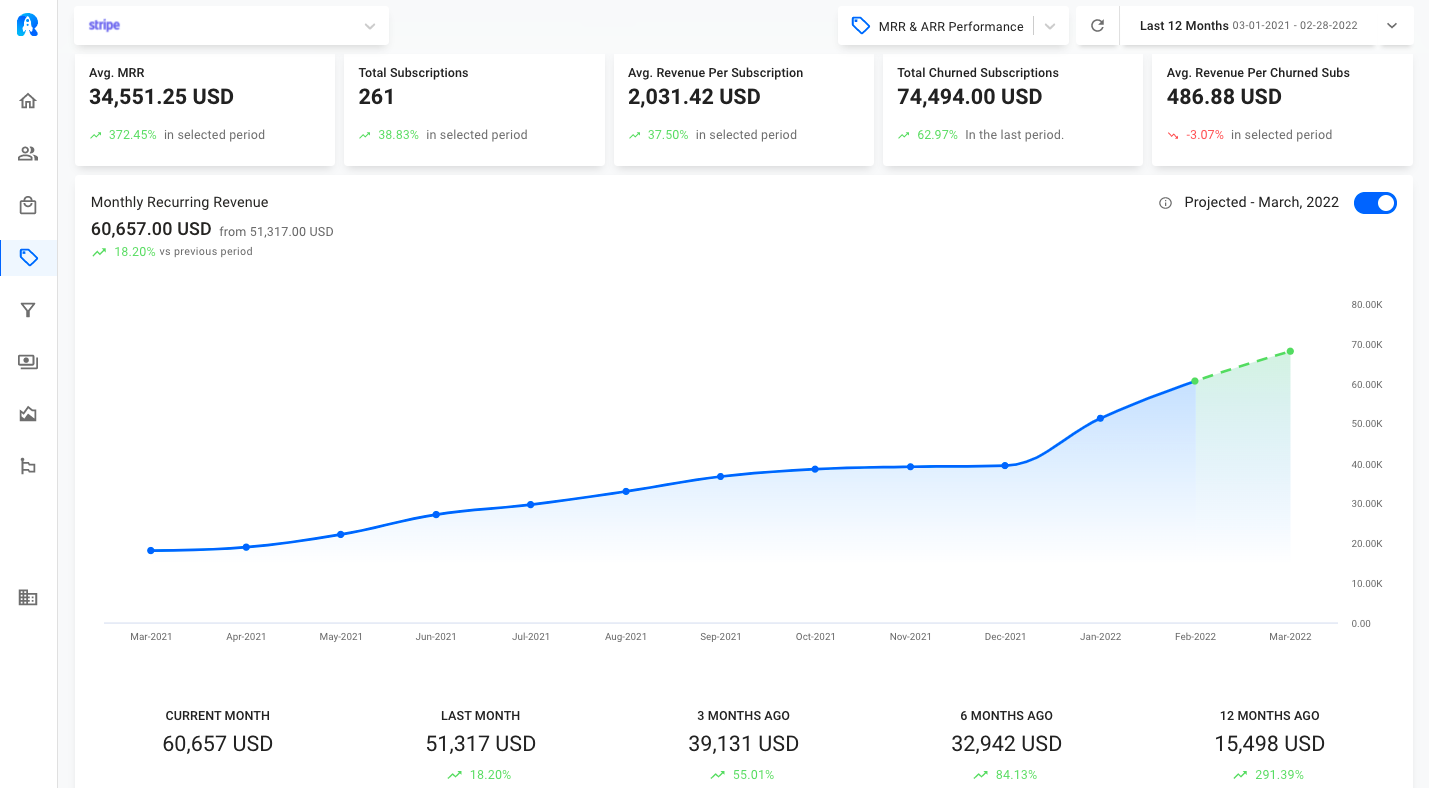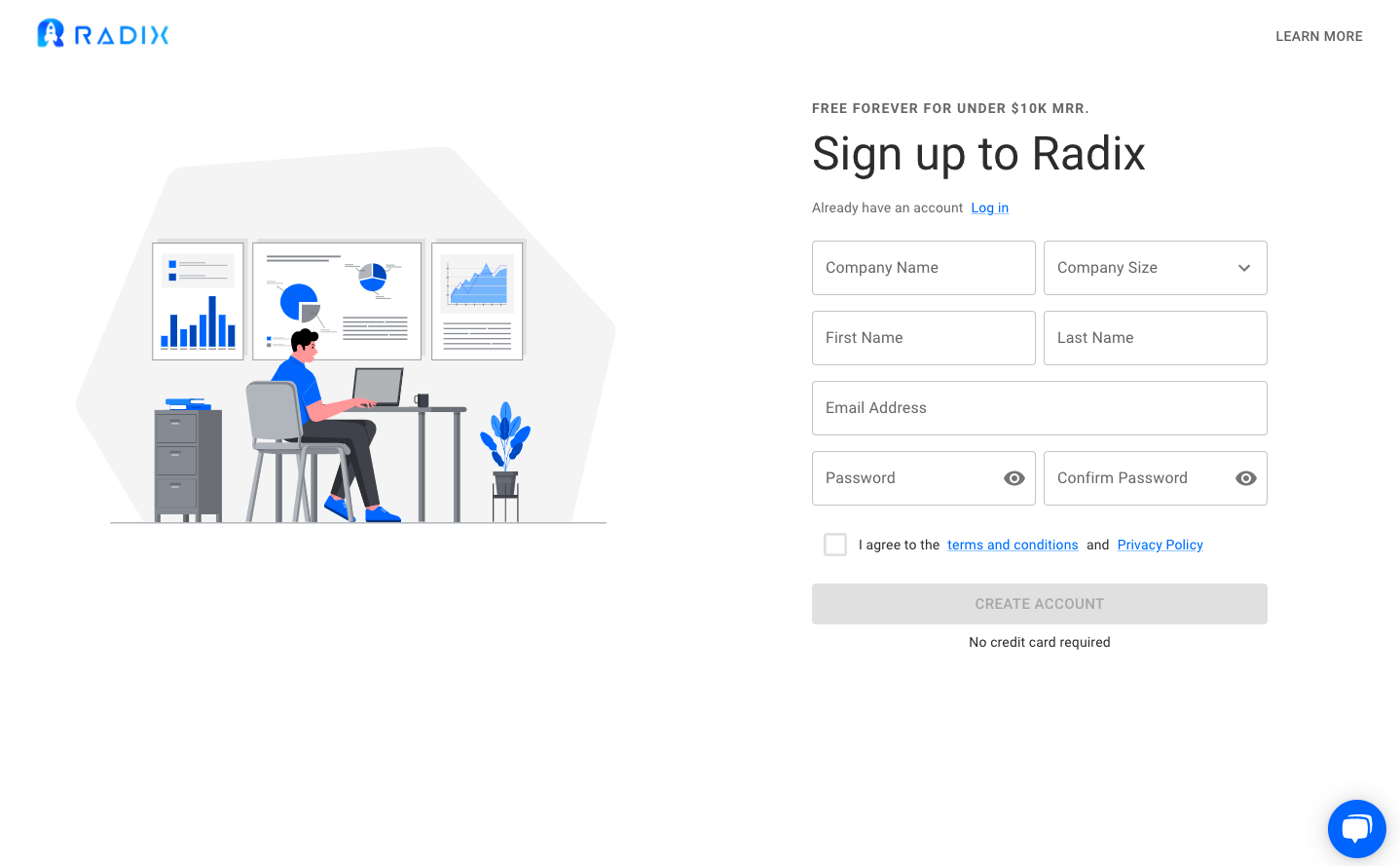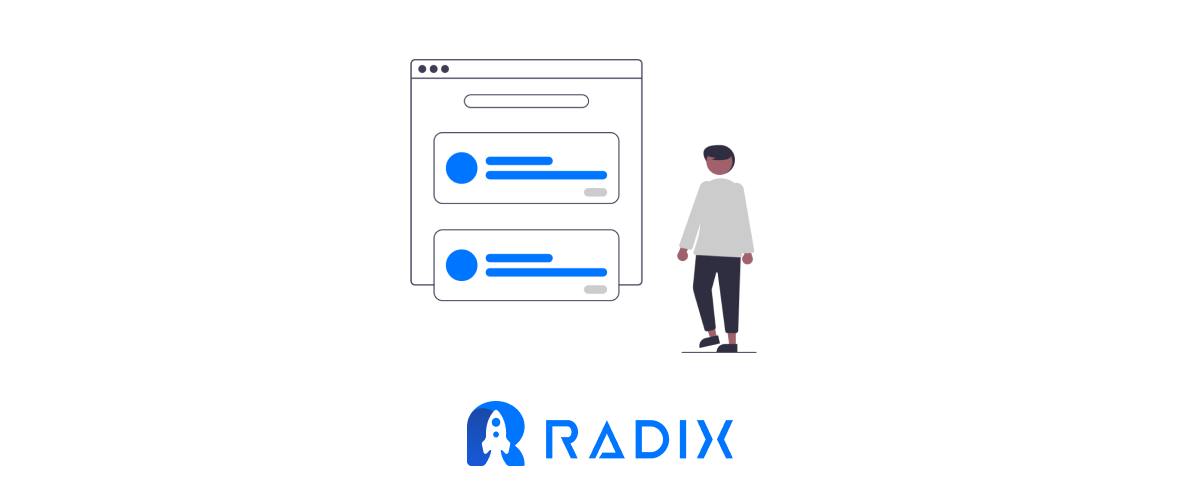The onboarding process is one of the most important aspects of growing your startup. After all, you can’t expect to close deals with new customers if they don’t know how to use your product. Here are 10 customer onboarding metrics that every startup should be measuring.
But first,
What is Customer Onboarding in SaaS?
Customer onboarding is the process through which new users become acquainted with a company’s product and continue to benefit from it throughout their customer journey.
The phrase “onboarding” in SaaS mainly refers to primary onboarding. This section covers the user journey from the initial Aha! the moment through product activation and first use.
Customer onboarding’s goal is to deliver value for customers as quickly as possible, preferably during the first use.
Why is Customer Onboarding Important?
Failure to retain users on day one is a prevalent issue with SaaS businesses. A user will not return unless the journey to the activation point is straightforward and frictionless. Here is where customer onboarding comes into play.
Onboarding helps you emphasize the value of your product while also gaining customer success.
A successful user onboarding approach maintains user engagement. It allows customers to properly understand and experience the value of your product. As a result, it provides customers an incentive to keep coming back to your product.
Furthermore, onboarding increases the trial to conversion rate. If you provide a discount or a free trial, Onboarding is when trial users get value from your product.
As a result, if you can provide actual value during the onboarding process from the start of the trial, they will be more likely to convert to paying customers.
Later on, continuing to educate your customers through secondary onboarding adds value by allowing them to learn more about the secondary features.
Customer retention is ultimately what produces revenue for your company. The more valuable features your customers find, the less likely they are to churn. And the lower the churn, the more repeat subscribers there are and the more room for growth there is.
Furthermore, the financial benefits of an effective customer onboarding process go beyond revenue. A streamlined onboarding process eliminates the need for large, expensive customer support and customer success teams.
Top 10 Customer Onboarding Metrics Everyone Should Be Using
You must guarantee that your customer onboarding investment pays off. To accomplish so, you’ll need to keep track of a few key metrics and utilize the data to tweak your onboarding strategy.
Below are the top 10 customer onboarding metrics:
- Time to complete onboarding
- Time to value
- Customer lifetime value
- Customer churn rate
- Trial to paid conversion rate
- Customer engagement rate
- Feature adoption rate
- Customer retention rate
- Net promoter score
- The cost spent on support
Customer Onboarding Metric #1: Time to complete onboarding
The goal of your onboarding process should be to demonstrate how your product may benefit your customers. It explains how your product fits into their processes and how they may use it on their own to get the most out of it as quickly as possible.
As a result, the amount of time it takes users to complete onboarding is a crucial metric to track. Find the number of days it takes for users to start using your product on their own to calculate this metric.
You may use the number as a standard for the future if you aim for a quick onboarding process from the start. After a few people have been onboarded, you’ll be able to determine how long it should take your users to complete onboarding and work on improving it.
Customer Onboarding Metric #2: Time to Value
The time it takes for a user to realize the intended benefit of your SaaS product is known as the time to value (TTV). It determines how long it takes people to experience the value they expected from your product.
Users expect to get the most out of your product as soon as possible. A low trial to paid conversion rate is often associated with a long TTV.
Furthermore, a short time to value implies your core onboarding process will be friction-free. You may also improve the user experience to make your product stand out and encourage users to remain with it.
As a result, the shorter the TTV, the better the user’s first impression.
Customer Onboarding Metric #3: Customer Lifetime Value
Customers’ recurrent purchases account for the majority of SaaS company profitability. As a result, your customer lifetime value (LTV) is a critical indicator for assessing the success of your onboarding actions.
LTV is the projected income stream from a paying customer over the life of their relationship with you.
You can calculate LTV by dividing the average revenue per account (ARPA) by the churn rate of customers.
LTV is extremely important for companies that have a high transaction rate and a large client base. If a company only has a few enterprise-level customers, you should prioritize the customer acquisition rate.
The customer lifetime value to customer acquisition cost (LTV-CAC) ratio should be at least 3:1 for a financially sustainable SaaS company.
This implies your company should gain at least three times the value it spends on attracting new customers.
If your LTV-CAC ratio is 1:1, you’re making the same amount from your customers as you’re spending on them, resulting in zero profits.
As a result, you must guarantee that your ratio never falls below 1.
Customer Onboarding Metric #4: Customer Churn Rate
The customer churn rate is the percentage of customers that discontinue using your product by canceling their subscriptions.
To calculate the customer churn rate, divide the number of customers lost over a given time by the number of customers at the start of that period and multiply by 100.
Most companies analyze the churn rate on a monthly, quarterly, and annual basis to gain a bird’s-eye view of what’s going on in the business.
This metric enables you to analyze how customers leave and where they leave the funnel.
Customer Onboarding Metric #5: Trial to paid conversion rate
The percentage of people who join up as paying customers after the trial period has ended is known as the trial-to-paid conversion rate.
To calculate this metric, divide the number of free trial users who converted in a given period by the total number of free trial users during that period and multiply by 100.
Users may get a taste of what they’ll get if they sign up for a paying plan with a free trial. Users will activate after they have firsthand experience with the value.
As a result, to maximize the trial-to-paid conversion rate, your customer onboarding should assist users in reaching their activation point as quickly as possible.
An activation point might be anything from a great outcome in a user’s business to a feature that helps them in achieving a personal goal. This is a vital stage in your company’s development that will determine whether people remain or go.
Customer Onboarding Metric #6: Customer engagement rate
The customer engagement rate (score) records all customer interactions throughout the customer lifetime. It evaluates the level of engagement of your free trial prospects and existing customers.
To calculate the customer engagement score, first monitor in-app user behavior and determine the key events that are most important to the success of the customers.
Users will interact with you more if your onboarding is interesting. Your customer success team may customize the user experience across all touchpoints to increase customer engagement.
A low engagement score during a trial run may suggest that other techniques of enhancing engagement for a specific user account should be tested. This will eventually lead to an increase in the trial-to-paid conversion rate.
Customer Onboarding Metric #7: Feature adoption rate
When your customers use your product’s feature(s), this is referred to as feature adoption.
To determine the feature adoption rate, divide the number of monthly active users (MAUs) by the number of logins in a given time and multiply by 100.
Monitoring this metric, along with the other feature adoption metrics, helps you boost feature adoption by making educated decisions about user onboarding. You can successfully design user experiences to guide people through their journey and maximize product adoption.
The feature adoption rate demonstrates how successfully you’re helping users in completing their tasks. It shows you which aspects of your product your customers prefer the most, allowing you to concentrate more of your onboarding efforts there.
A lack of use of a feature may suggest that some customers are not making use of it or have not discovered it yet. As a result, you must develop a feature discovery method as well as gather feedback to improve the feature.
Customer Onboarding Metric #8: Customer retention rate
Retaining customers costs five times less than acquiring new ones. The customer retention rate is the percentage of customers you keep over a specific period.
To determine the retention rate, divide the total number of paying customers at the end of the given time by the total number of paying customers at the beginning of that period, and then multiply the result by 100.
The retention rate gives insight into your company’s renewal rates, allowing you to anticipate your customer lifetime value and take initiatives to raise retention.
To completely understand your data loss prevention, you should always utilize the retention rate in conjunction with the churn rate.
Customer Onboarding Metric #9: Net promoter score
Your net promoter score is the difference between the percentages of promoters and detractors.
Customers who rate you 9 or 10 are called promoters, whereas those who rate you 6 or below are called detractors. Promoters are satisfied, loyal customers who are likely to promote favorable word of mouth. Detractors, on the other hand, are disconnected from your offering and are most likely to churn.
In addition, you may include a qualitative follow-up question in the NPS survey to obtain the reasons behind the customers’ evaluations. This way, you can identify their pain areas and tackle their concerns to convert detractors into promoters.
Customer Onboarding Metric #10: The cost spent on support
Another important measure to consider is the cost of support. Your support cost is the average cost of training customer support employees and resolving customer issues.
This metric can help you determine where your onboarding efforts should be more cost-effective.
Conclusion
As a startup founder, you need to do everything in your power to increase the likelihood of customer success and reduce churn. The best way to accomplish these goals is through SaaS onboarding that drives product adoption, builds trust with customers, and makes users successful more quickly. This can be accomplished through KPIs that matter and are tied to the business goals at hand.
Do not focus on how long it takes the client to complete the entire onboarding process.
Focus on when your product begins to add value to their processes within the company.
Now you have the metrics to carry out a correct onboarding. Remember that it is very important to measure the entire process.
Conect Your PayPal & Stripe Accounts to Radix and Start Analyzing Your SaaS Revenue Performance

Sign Up Here !

Read More:
How to Win Back Your Lost Trial Leads
Best Practices to Improve SaaS Onboarding
8 Strategies to Increase your Free Trial Conversion Rate
How to Effectively Convert Free Trial Users into Paying Customers in SaaS?





